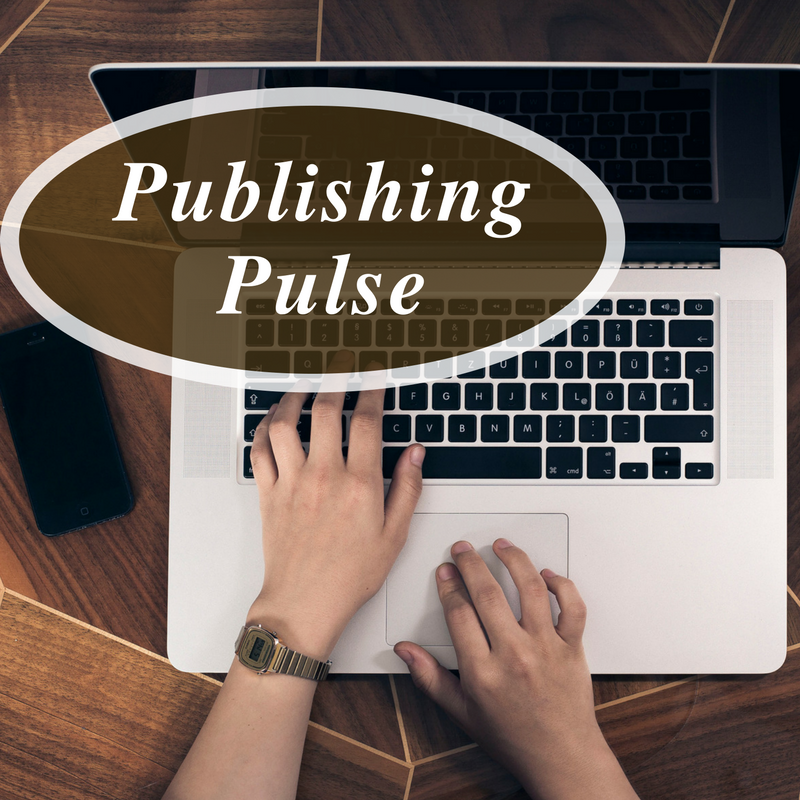Today’s book publishing market can be a dangerous place, with a lot of scam artists spouting confusing terminology. I applaud the efforts of legitimate author groups who try to dispel the confusion, especially about different types of publishing business models. And yet, in an effort to simplify, it’s easy to become simplistic. Some of the explanations I’ve seen about traditional (commercial) publishing versus so-called self-publishing (subsidized publishing), even from industry leaders, are sometimes inaccurate and do not seem to take into account some basic business principles.
Like any business, book publishing involves a capital investment (the purchase of raw materials, labor, tools and/or equipment) to produce a product or service that is marketable (able to be sold for a profit). But unlike most businesses, the “raw material” of book publishing is content—an author’s words. And this is where the disconnect between author and publisher usually begins.
Most authors are uncomfortable with viewing their creative work as “raw material” — they prefer to think of their work as a finished product. Rather than being paid a standard industry rate for their raw material, they believe they have a marketable, finished product, and so they should receive the profits.
It’s an attitude that seems to make perfect sense—until you remember what profit really is. Profit is the revenue over and above the capital investment. In writing a book, has an author made a capital investment? Not at all! As an author, you may feel you have invested your heart and soul into your book, but if you haven’t invested any cash, it’s not a capital investment that will generate profits. Certainly you should be paid an appropriate amount (in royalties) for the value of your “raw material” — or, if you prefer, for your hours of labor in writing the book. But if you haven’t paid out the money needed to publish the book, you are not entitled to the profit on that investment, no more than you would be entitled to the interest income on someone else’s bank account!
And like it or not, it costs money to publish a book. The word publish has the same root as the word public, because when you publish a book it means taking those words sitting in your computer and putting them into a form that can be distributed to a waiting public—and it costs money to do that.
Rather than limiting themselves to the role of content provider (or “raw material” supplier, if you prefer), some authors choose to wear the hat of capital investor (supplier of the cash) and publisher (doing the work involved in preparing and distributing their words to the public). The common term for this is self-publishing. Next month, I will discuss the pros and cons of this process, and why there really is no such thing as self-publishing.
David E. Fessenden
Literary Agent, WordWise Media Services
Publisher and Proprietor, Honeycomb House Publishing LLC
Dave has degrees in journalism and theology, and over 30 years of experience in writing and editing. He has served in editorial management positions for Christian book publishers and was regional editor for the largest Protestant weekly newspaper in the country.
Dave has published seven books, written hundreds of newspaper and magazine articles, and edited numerous books. He is a frequent speaker at writers’ conferences. Two of his books, Writing the Christian Nonfiction Book: Concept to Contract and A Christian Writer’s Guide to the Book Proposal, are based on his experience in Christian publishing. The Case of the Exploding Speakeasy, Dave’s first novel, reflects his love for history and for the Sherlock Holmes stories of Arthur Conan-Doyle.
Dave and his wife, Jacque, live in south-central Pennsylvania and have two adult sons.
Websites/Blogs:
www.fromconcepttocontract.com
www.davefessenden.com
www.thebookstore.info



 We love helping your growing in your writing career.
We love helping your growing in your writing career.

No Comments